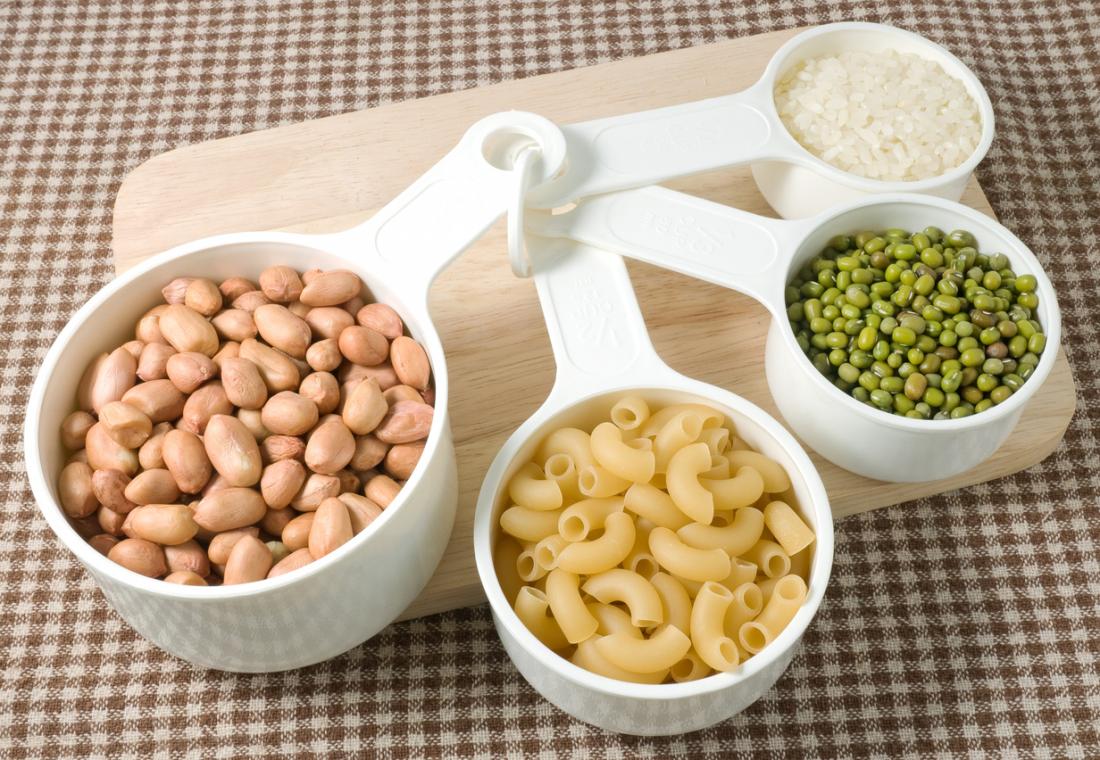Diabetes is not an unfamiliar word in many Indian households. In most households, it is often referred to as 'sugar disease’ or simply 'sugar'. Often called the ‘Diabetes capital of the world’, India accounts for about 17% of the total diabetic patients in the world. A recent study published by the Madras Diabetes Research Foundation and the Indian Council for Medical Research found that about 101 million people are living with diabetes and another 136 million people are in pre-diabetes stages in the country. The number of diabetic patients in the country has increased by 44% in the last four years. The current rise of diabetes has become a great concern for public health, and it is high time effective measures are taken to control it.
Diabetes, also called diabetes mellitus, is a chronic disease. The health condition occurs when the pancreas produces insufficient insulin or when the body ineffectively uses the insulin produced. While the former condition is referred to as type-I diabetes, the latter is diagnosed as type II diabetes. Insufficient or ineffective usage of insulin, the hormone that regulates blood sugar, will allow too much sugar to build up, causing hyperglycemia (a raised blood sugar level), and over a period of time, it will lead to serious health problems like nerve damage, liver damage, foot ulcers, strokes, cardiovascular diseases, and even death. Though symptoms vary based on their types, some of the common symptoms include frequent urination, feeling thirstier than usual, losing weight at an unusual level, feeling tired, and having slow-healing sores.

Conditions, including gestational diabetes and prediabetes, are reversible. While gestational diabetes can be developed during pregnancy, a person is diagnosed to be prediabetic when his/her glucose levels are higher in blood but not high enough to be called diabetes.
Diagnosing diabetes often sends one’s emotions on a rollercoaster. On top of that, doctors’ recommendations to keep the blood sugar levels within the range will be challenging to meet. Though it is frequently said that a healthy diet and bringing about changes in lifestyle are the cornerstones of healthy living, a person with diabetes also needs to be aware of how food affects their blood sugar levels. For it is not just the type of food that they consume that plays a vital role, but also the quantity and combinations of food that they consume.
Since consuming meals at regular intervals helps the body make good use of insulin that is either produced by the pancreas or obtained through medicine, a diet chart for diabetic patients has become a must in recent times. Though the chart can be customized depending upon the quantity of food required for one’s lifestyle, weight, and tastes, among others, below are some of the highly recommended foods that need to be included in the diet chart for diabetic patients.
1. Healthy carbohydrates: A person living with diabetes should consume healthy carbohydrates because during digestion, glucose is produced as a result of the breakdown of sugars, also known as simple carbs, and starches, generally known as complex carbohydrates. Healthy carbohydrates can be obtained from fruits, vegetables, whole grains, legumes, and low-fat dairy products. Highly processed carbohydrates, like foods or drinks with added sugar and fat, can raise blood glucose levels without offering any nutritional benefits, and they need to be avoided.
2. Fiber-rich foods: Since fiber is slow to digest and assists in weight and glucose management, consuming fiber-rich foods is always at the top of the diet charts. Some of the fiber-rich foods include vegetables, fruits, whole grains, nuts, leafy greens, and legumes.
3. Protein: Foods that are power-packed with proteins like meat, eggs, fish, nuts, and dairy products like cottage cheese, milk, and Greek yogurt are musts in a diabetic patient's diet chart. The breaking down of carbohydrates and the absorption of glucose into the bloodstream are slowed down by protein. It means blood sugar will stay more stable in the body. They also help increase satiety by making one feel fuller for a longer time.
4. Good fat: One of the important components of a diabetes management plan is including the right quantity of healthy fats like monounsaturated fats, polyunsaturated fats, and omega-3 fatty acids. These healthy fats help lower one’s cholesterol levels. They are found in foods like avocados, nuts, sardines, salmon, olive, and peanut oils.
5. Vitamins and minerals: The micronutrients are mandatory for the body to carry out normal functions and play a vital role in the metabolism of glucose levels in the body. Some vitamins and minerals also act as antioxidants, assist in preventing the deterioration of diabetes, and even help prevent other health conditions that may arise as a side effect of diabetes. Some of the foods that are rich in these micronutrients are citrus fruits, green leafy vegetables, lean meats, fish, and whole grains.

| Meal timing | Menu |
| Early morning | Milk (without sugar)/Almonds (6/cinnamon water) |
| Breakfast | 2 nos. of vegetable dosa or idly/millet dosa or idly/upma |
| Mid-morning | Buttermilk, vegetable soup, fruit, fruit/ green tea |
| Lunch | 2 nos. of chapatis or a cup of rice with vegetable or chicken curry, salad, or an egg |
| Evening | Nuts, sprouts, salad, and green tea |
| Dinner | 2 nos. of chapattis, vegetables, or millet dosas |
| Bed time | Turmeric milk, milk (without sugar), or buttermilk |
Since diabetes is a condition that occurs when glucose levels are high in the blood, both the quantity and quality of food that one consumes play a vital role in controlling it. A person living with diabetes is often recommended to consume small and frequent meals to maintain the glucose level in their blood. Doctors always recommend that diabetic patients be aware of the foods that they need to include on their plates and the ones that they strictly stay away from. It has become mandatory to bring in lifestyle changes both to prevent and control diabetes.
Be the first to post comment!